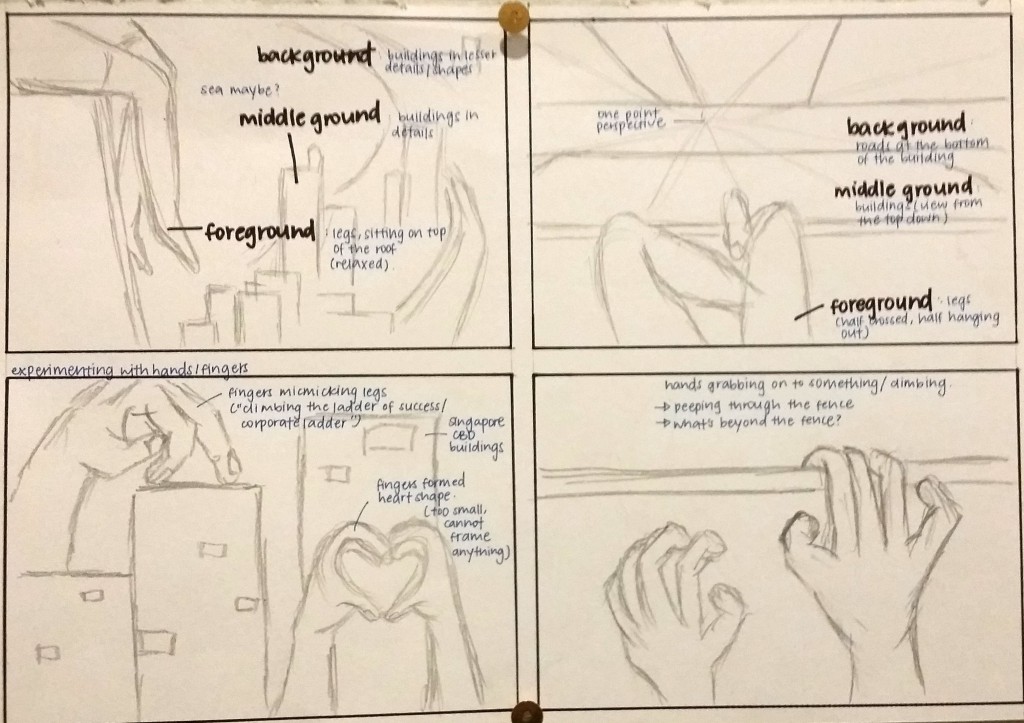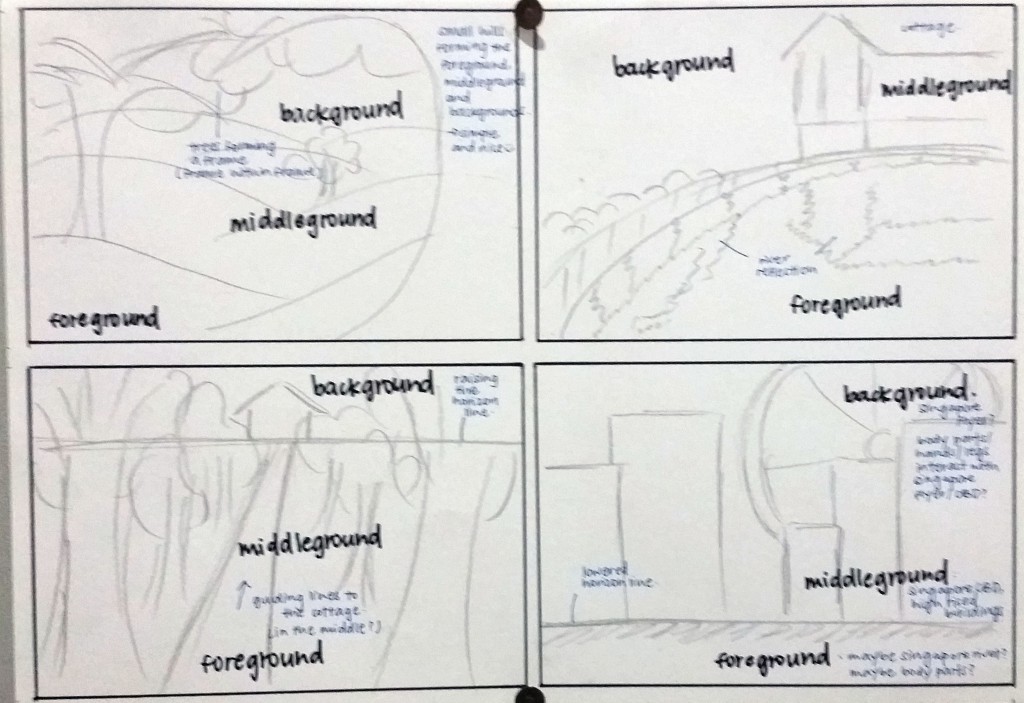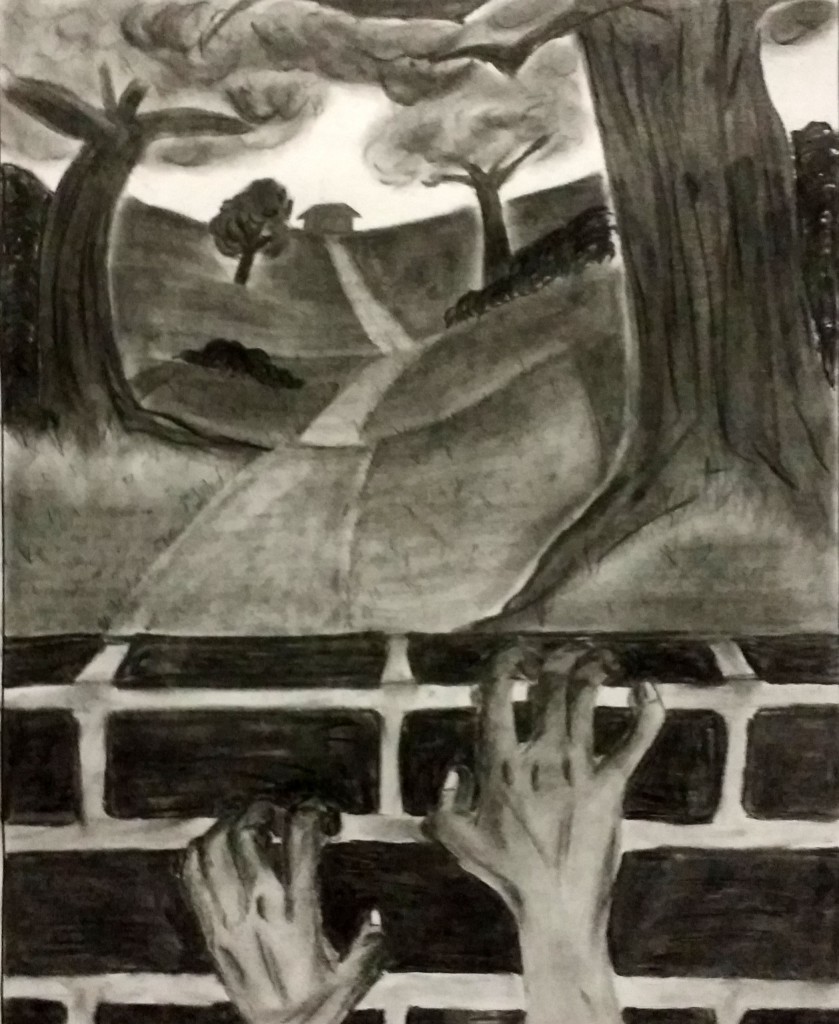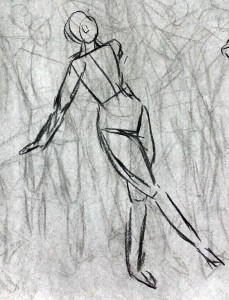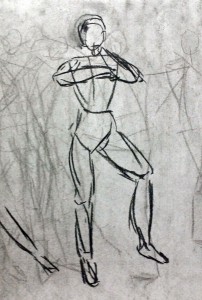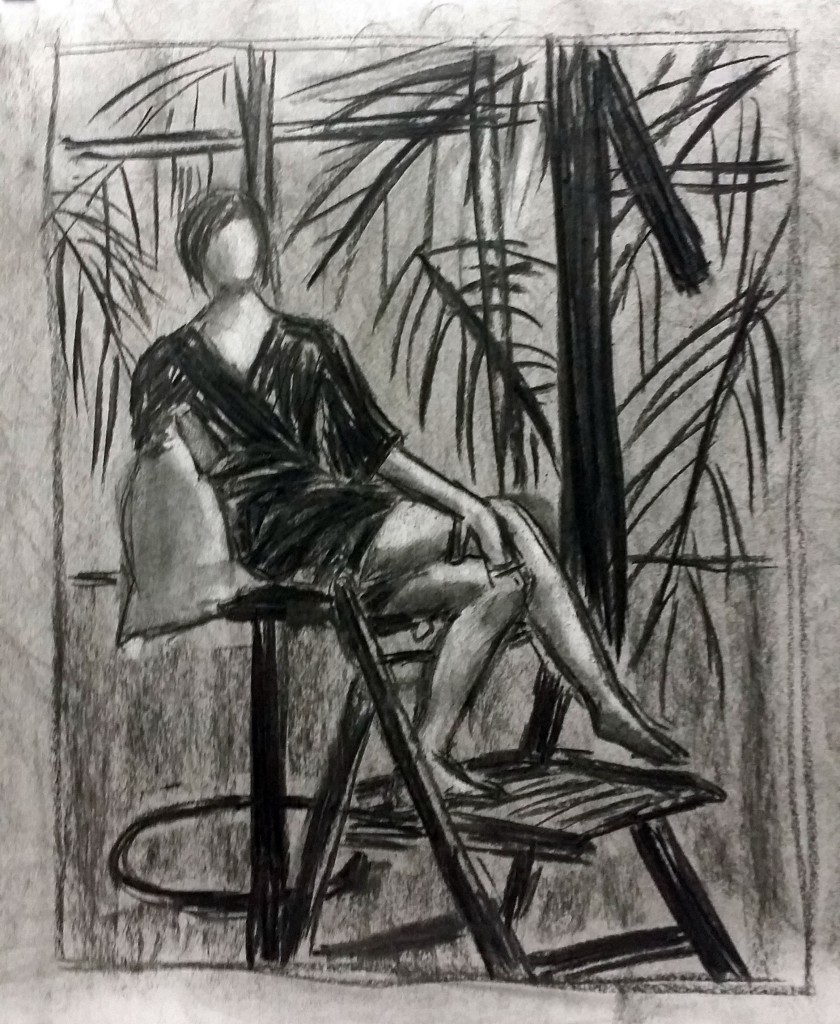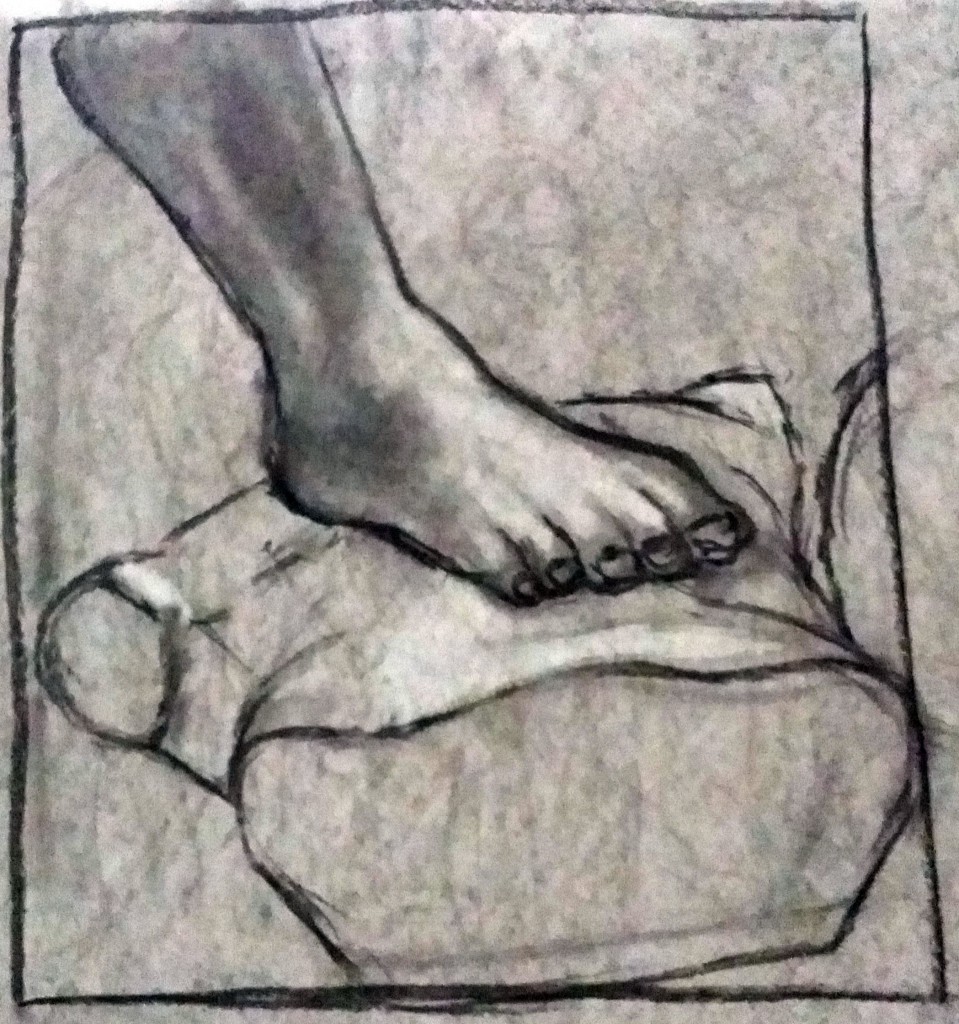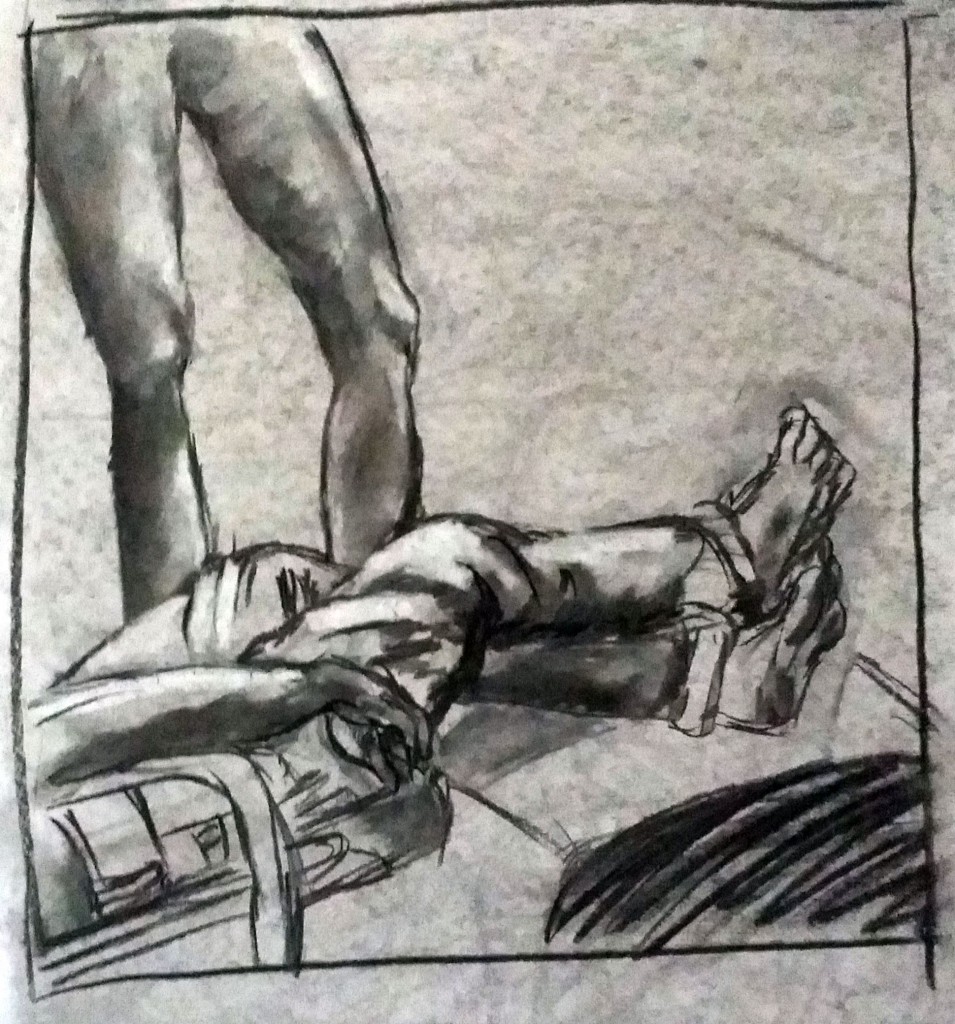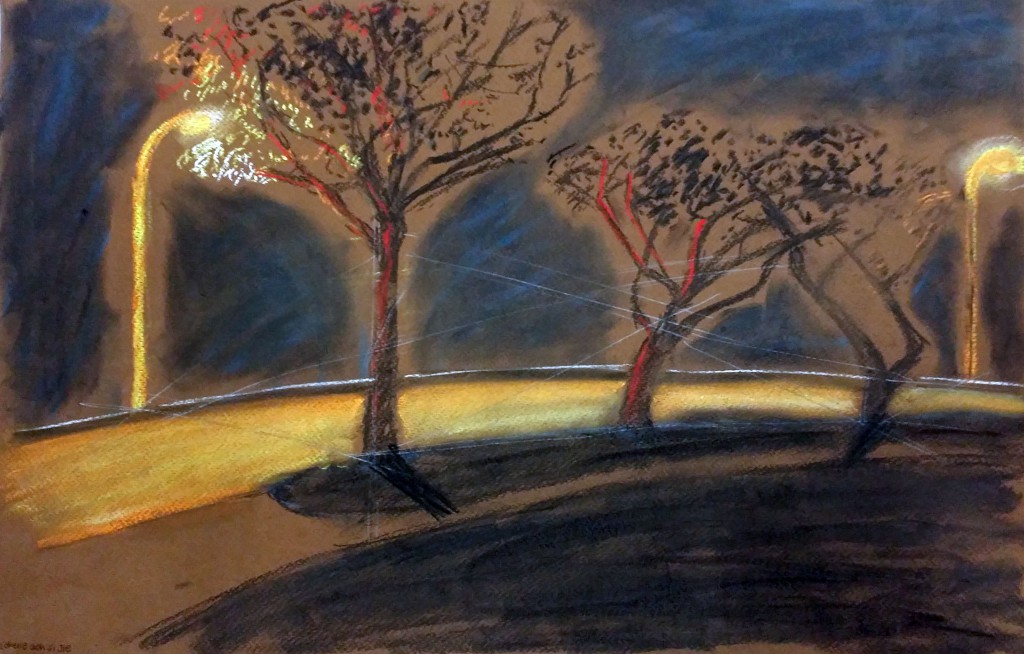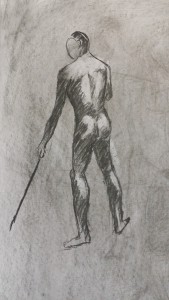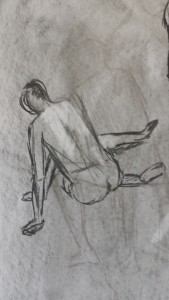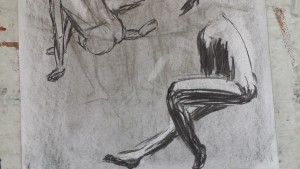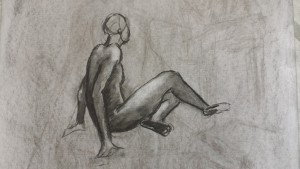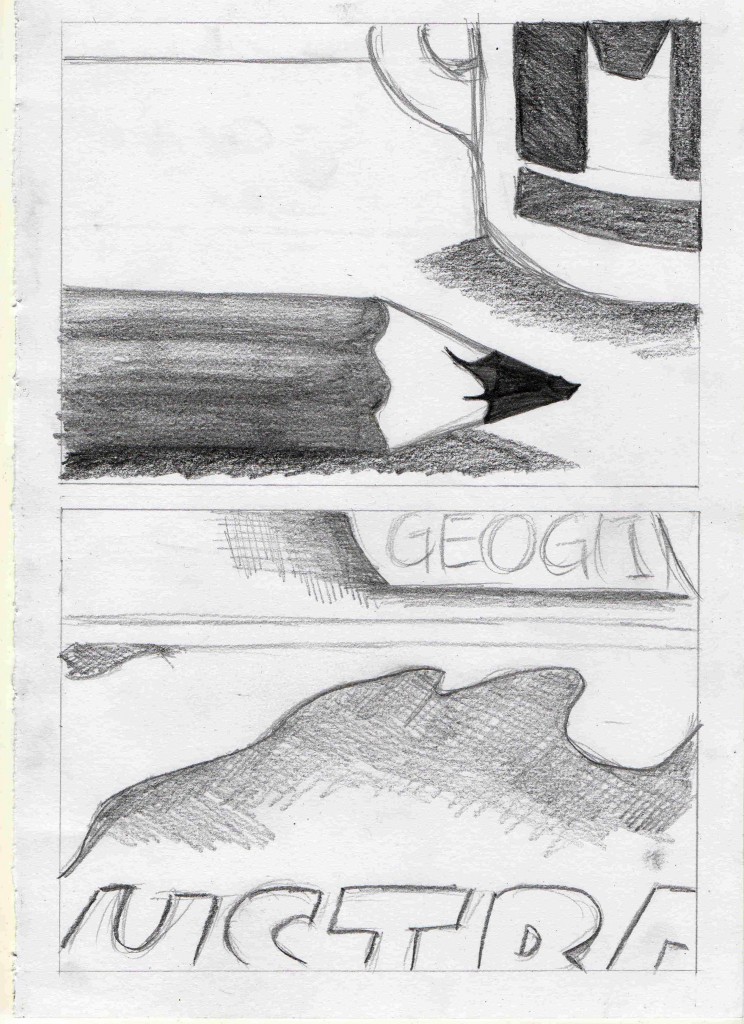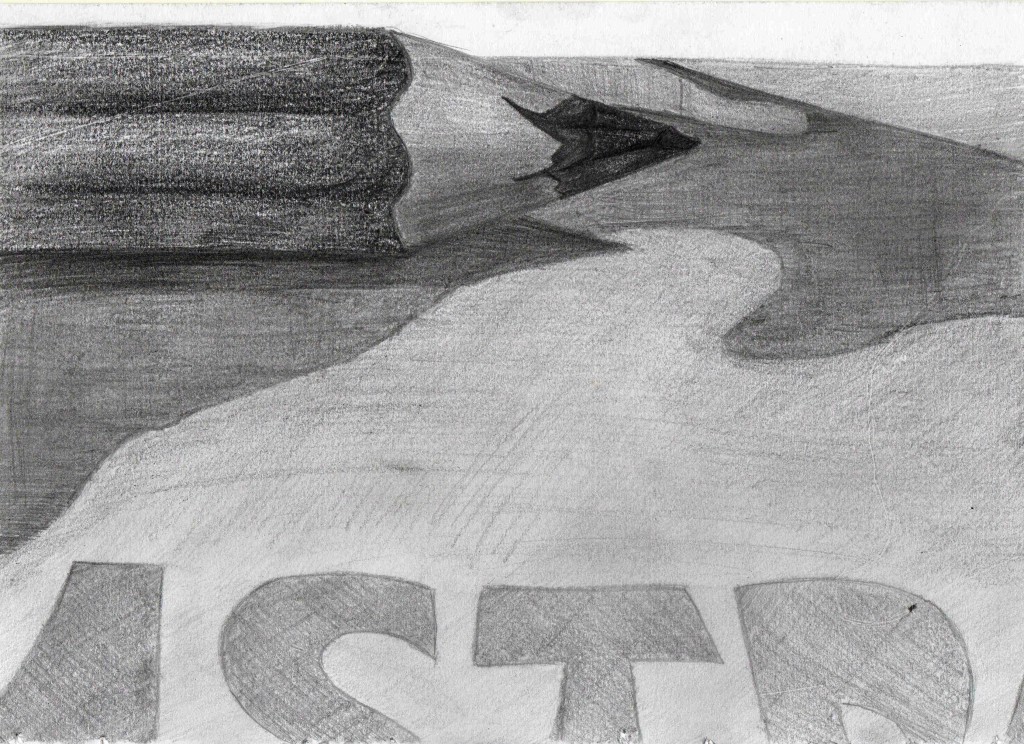Final Piece
Techniques used:
- Analogus: I used different hues to make the books look 3-dimensional.
- Lino printing
Fell short of expectations
Message to convey:
There are many incidents on teens’ suicide in Singapore. Even with the MOE trying to reduce the emphasis on academics and more on co-curriculum (change of PSLE format), the situation remains stagnant. Instead, while suicide rate in Singapore fell, teens’ suicide rate in Singapore reached a hike.
Learning should be a fun and interesting activity but when the focus is not on learning but more on the grades, unnecessary stress and high expectations are created. Occasionally, some of the young minds could not withstand the pressure put upon them by their parents, their peers and the society, leading to depression and worse, suicide.
Often, we only see the surface of the story and not what is going on inside these teenagers. Only when tragic happens then we realized we are focusing on the wrong things. If only we have care for them more, understand their agony, share their pain instead of putting them down over and over again. The fault lies with us, not them.
Research:
There has been increasing teens’ suicide incidents in Singapore over the years. It is reported that for those who were below the age of 30, more than 25% reported feeling troubled over their studies, as well as their relationships at school.
SOS said that more than two young people aged 10 to 19 committed suicide in every month last year which come to a total of 27 cases, which was twice as many as the year before and the highest in 15 years.
In 2015, a girl threw herself off a building after receiving two Bs in here O Levels.
In 2016, a boy plunged to his death because of two failed subjects.
Process
Planning

In draft 1, I wanted to show a girl diving down, trying to reach the exam paper. I wanted to portray students nowadays dying to try to achieve a high expectations imposed on them. I find the idea a bit plain so I added some floating stationery which are applicable to education.
I added in puzzle pieces because my idea was inspired by a student who suicide because she was just a few marks away from the result she expected and the puzzle shows the pieces (the few marks) she needed to feel completed.

For Draft 2, the building which my character suicides will have a layout of an exam paper, which has a few multiple choice questions and also a pretty decent grade which the student is not satisfied with. The gloomy weather portray the morbid atmosphere.
Being the exam paper are more exam papers to indicate the endless examinations that students have to take throughout their life, which results in endless stress.

I decided on draft 3 because it allows me to use lino-cutting and also paper-cutting. I came across stacks of books while finding images for my draft 2 and decided to improvise into draft 3.
Here, the student dived off a stack of books into her exam papers instead of a building. However, the negative space on the left feels empty and so I decided to add a lino-cut there.
I decided to add a lino-cut of a girl with depression looking down at the exam papers with a sad face.
Testing printing

I wanted to print the lino-cut on a black paper as I decided to have black as my background. However, after many test prints, I could not find a nice shade of blue to shown on a black paper. The lino cut is not obvious enough as the blue is too dark and is not standing out from the black.
Thus, I choose a another background. I settled for dark blue because I wanted the lino-cut to be a fade image in the background with a “ghostly” feeling and dark blue matches the blue lino print.
After many trails, I finally find a nice shade of blue to be printed on the dark blue background.

Date: 14 November 2016
































